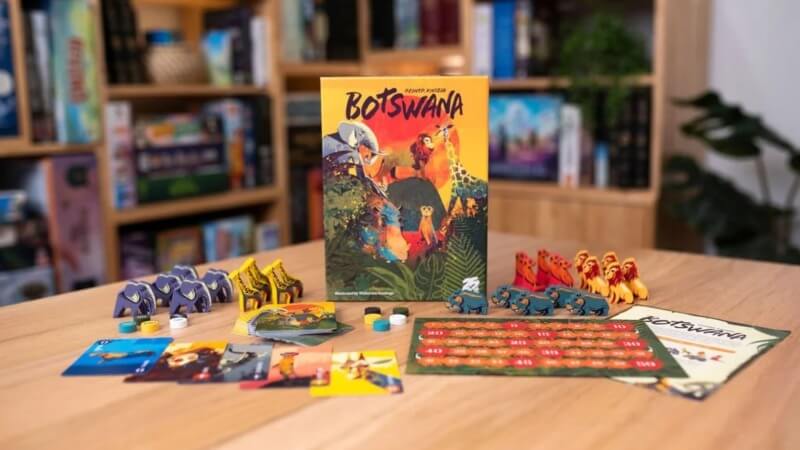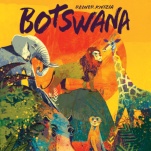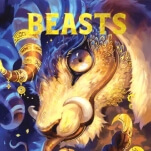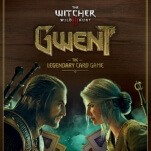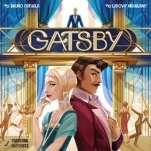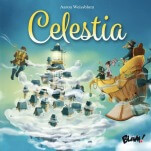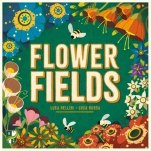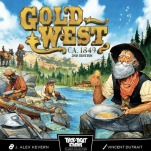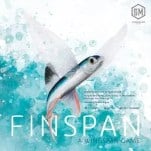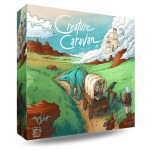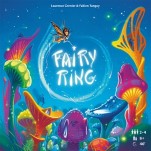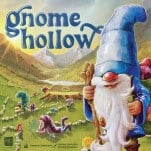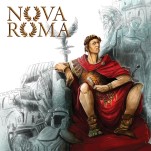Go Wild with the Surprisingly Tense Family-Friendly Board Game Botswana
Photos courtesy of 25th Century Games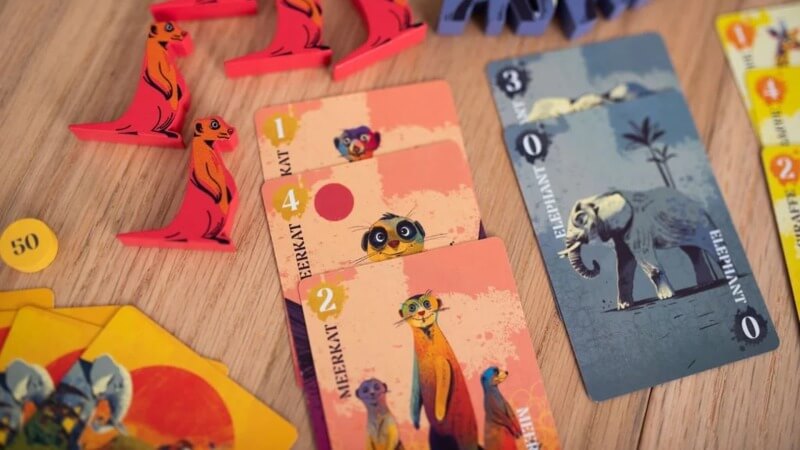
Botswana is the latest iteration of a Reiner Knizia game that dates back to 1992 and has been through many lives already, including one as an abstract game called Quandary published by Milton Bradley. This newest version distills the game to the basics and comes in a more appropriate box size for a quick, family-friendly game that has a clever bidding component.
As in most of Knizia’s games, the theme is very beside the point in Botswana, which just happens to use African animals as the tokens/images but has nothing else to do with the country. There are five animal types in the game, and five tokens of each, plus a deck of 30 cards showing each of the animals with cards numbered zero through five. At the start of each round, you deal nearly all of the cards evenly to all players, just leaving two or three in the box unless you have the maximum of five players.
On a turn, you play one card from your hand next to the matching animal token pile, and then select any token from any pile, not necessarily the one to which you played. At the end of a round of Botswana, you’ll receive points for each animal token you have equal to the last card played to that animal. There are no other rules for placement, so the value of an animal token can go from zero to five or five to zero in one turn, which can significantly swing the scoring for the round.
When you play one of your hand cards, you place it at the end of the column of cards underneath that animal so previous cards are visible, allowing everyone to see what’s been played and thus what might still be out there. Once any animal has six cards beneath it, the round ends immediately and you move to scoring, so if an animal has five cards in its column, you know the round can end on any player’s turn from there. There’s a slight first-player advantage here, so the standard game involves one round per player, giving everyone a chance to go first.
-

-

-

-

-

-

-

-

-

-

-

-

-

-

-

-

-

-

-

-

-

-

-

